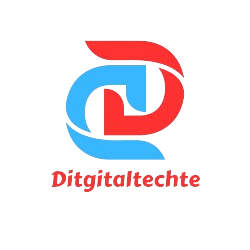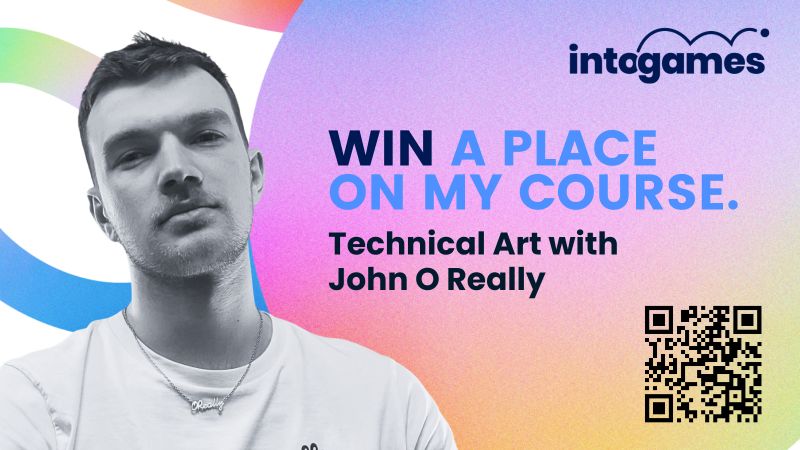Introduction to Tech Art and its Growing Demand
The digital art landscape is evolving at a breakneck pace, and tech artists are leading the charge. As technology intertwines with creativity, the demand for skilled professionals who can navigate this intersection has never been higher. From creating stunning visual effects in games to developing immersive experiences in virtual reality, tech artists are shaping the future of digital content. If you’re passionate about blending artistry with advanced techniques, showcasing your work through a compelling tech artist portfolio is essential. Let’s explore what it takes to stand out in this dynamic field and how you can elevate your skills to meet industry demands head-on.
Understanding the Role of a Tech Artist
The role of a tech artist is pivotal in bridging the gap between art and technology. They possess a unique blend of artistic talent and technical skills, allowing them to create stunning visuals while ensuring optimal performance.
Tech artists work closely with game developers, animators, and designers. Their expertise helps streamline workflows and resolve technical issues that arise during production. This collaboration fosters innovation and pushes creative boundaries.
In addition to artistry, they often develop tools that enhance productivity for the entire team. Whether it’s writing scripts or creating shaders, their contributions are multifaceted.
A successful tech artist must stay updated on industry trends and software advancements. Their adaptability enables them to tackle challenges head-on while inspiring creativity within projects.
The role demands both artistic vision and technical prowess—a fascinating combination driving digital storytelling forward.
Essential Skills for a Successful Tech Artist Portfolio
A successful tech artist portfolio showcases a blend of artistic talent and technical prowess. Mastery in software like Maya, ZBrush, or Blender is crucial. These tools allow artists to create stunning 3D models that stand out.
Knowledge of programming languages such as Python or C# can enhance your projects. This skill bridges the gap between art and technology, making your work more dynamic.
Understanding game engines like Unity or Unreal Engine is equally important. They provide platforms where you can finalize and present your creations effectively.
Don’t overlook soft skills either. Communication is key when collaborating with teams. Being able to articulate your vision fosters better partnerships.
Staying updated on industry trends keeps your portfolio relevant. Regularly experimenting with new techniques ensures growth and innovation in your work.
Building a Strong Digital Presence through Social Media and Online Platforms
Building a strong digital presence is vital for any tech artist today. Social media platforms like Instagram, Twitter, and LinkedIn offer unique opportunities to showcase your work.
Use these channels not just as portfolios but as spaces for engagement. Share behind-the-scenes content, tutorials, or process videos that highlight your skills. Engaging with fellow artists can foster community and inspire collaboration.
Online platforms such as Behance and ArtStation allow you to present polished projects in professional settings. Curate your portfolio carefully; quality trumps quantity every time.
Don’t forget the power of hashtags! They help increase visibility among the right audience.
Regularly update your profiles with fresh content to keep followers interested and attract new ones. Connect genuinely with comments on others’ work; networking is key in this industry.
Remember: authenticity will resonate more than forced promotion. Engage enthusiastically while staying true to your style and vision.
Highlighting Innovation and Creativity in Portfolio Pieces
Innovation and creativity are the lifeblood of a compelling tech artist portfolio. Each piece should tell a story, showcasing your unique approach to digital art.
Experiment with different styles and techniques. Don’t be afraid to push boundaries. Whether it’s through interactive media or stunning visual effects, let your imagination run wild.
Incorporate new technologies such as augmented reality or machine learning into your projects. This will not only demonstrate technical skills but also show that you’re ahead of the curve in an ever-evolving industry.
Highlight collaborative projects where innovation took center stage. Sharing experiences from teamwork often reveals how diverse ideas can lead to groundbreaking results.
Curate pieces that reflect personal passion alongside professional skill. Authenticity resonates deeply with viewers and potential employers alike. Let each project embody both your artistic vision and technical prowess for maximum impact.
Collaborating with Industry Professionals for Impressive Projects
Collaborating with industry professionals can elevate your tech artist portfolio to new heights. Working alongside experienced individuals exposes you to fresh ideas and innovative techniques. This synergy often results in projects that stand out.
Networking is key in this process. Attend workshops, webinars, or industry events where you can meet potential collaborators. A simple conversation may lead to exciting opportunities down the line.
When collaborating, be open-minded and receptive to feedback. Constructive criticism helps refine your skills and enhances the final product. It also fosters a sense of teamwork that brings out the best in everyone involved.
Showcasing these collaborative projects on your portfolio not only highlights your versatility but also demonstrates your ability to work well within a team setting—an essential trait sought by employers today.
Conclusion: The Future of Tech Art and How to Stay Ahead in the Game
The future of tech art is bright, with endless possibilities for those willing to innovate. As technology evolves, so do the opportunities for tech artists. Staying ahead means embracing continuous learning and adapting to new tools and trends.
Networking within the industry has never been more crucial. Collaborating on projects not only enhances your portfolio but also exposes you to diverse perspectives that can elevate your work.
Invest time in honing technical skills alongside artistic ones. The blend of these abilities will set you apart from others in the field. Keep an eye on emerging technologies like virtual reality, augmented reality, and artificial intelligence; these are shaping the next wave of digital art.
A standout tech artist portfolio showcases adaptability and creativity while reflecting a unique voice in this rapidly changing landscape. By staying curious and open-minded, you’ll be well-prepared to navigate the exciting world of tech art as it continues to evolve.





